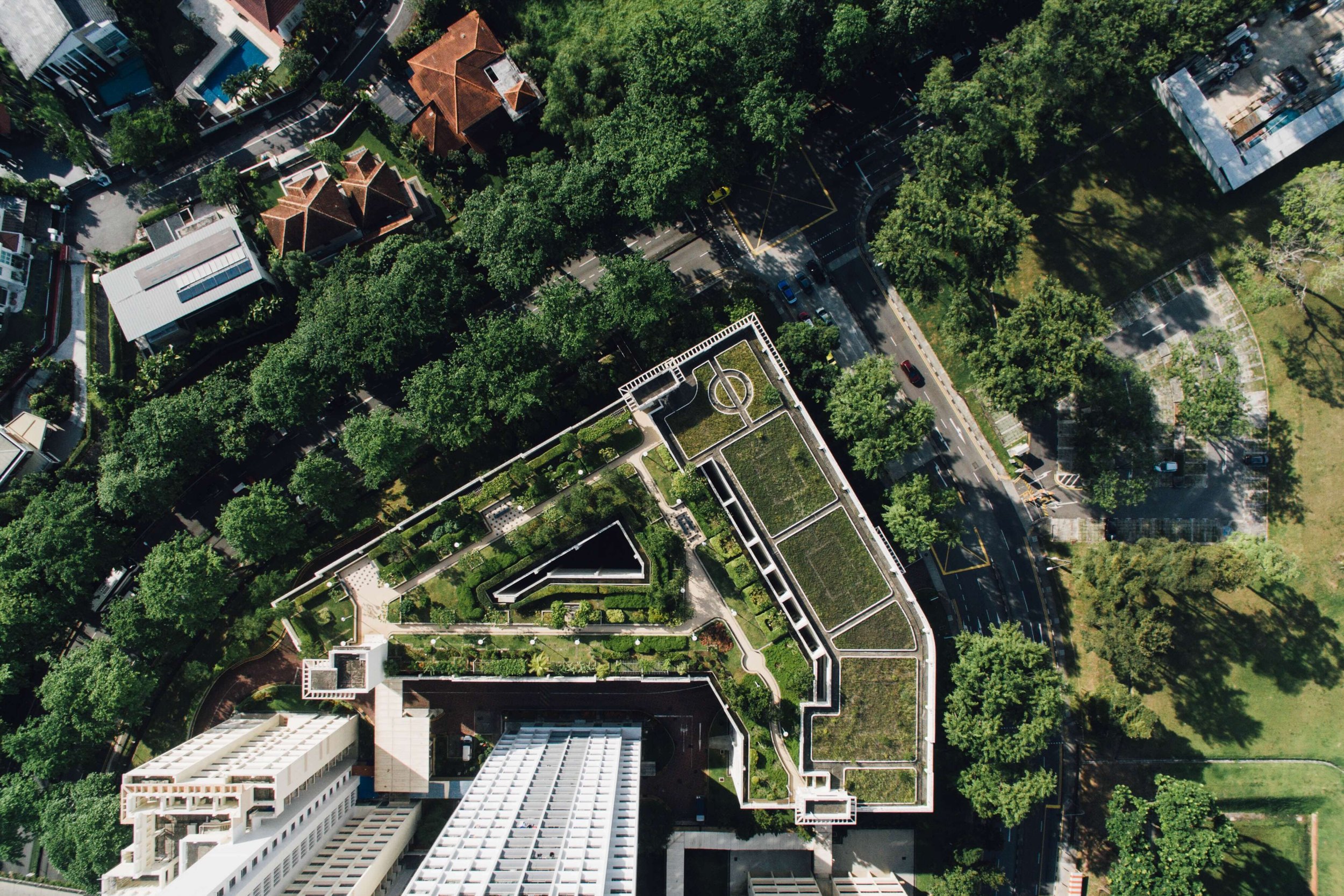Green Building Envelope Designs Could Help City Residents Beat the Heat
Most people today live in cities, and urban populations will only grow from here. This urbanization has many benefits, but it also presents architects and designers with some challenges, especially in sustainability and comfort. Green building envelopes can help.
What Are Green Building Envelopes?
In most modern contexts, “green” is a stand-in for “eco-friendly.” A green building envelope fits this description, but the “green” here is more literal. A green envelope covers a building’s roof or facade in vegetation, making it green in both aspects.
Despite the name, green envelopes don’t have to cover the entire exterior in greenery. That’s certainly possible, but doing so may be impractical, so many real-world examples cover just one side or the roof. Considering rooftop farms already cover as much as two acres across some facilities, these green surfaces may be more common than some people realize.
As the urban greenery movement grows, more buildings are featuring these envelopes in their original designs, but they don’t have to be present from the start. Retrofitting green facades or rooftops to existing structures is relatively straightforward, as many plants require minimal infrastructure to grow.
Benefits of Green Building Envelopes
Growing plants on the outside of a building is certainly eye-catching, but the benefits extend far beyond aesthetics. As more architecture and construction firms embrace this movement, it could yield substantial improvements in city living.
Lower Temperatures
One of green building envelopes’ biggest advantages is their ability to counteract the urban heat island effect. As cities grow, all the concrete, metal and glass of urban infrastructure reflect and concentrate the sun’s heat, making cities up to 7 degrees Fahrenheit warmer than surrounding, greener areas. In addition to making residents uncomfortable, those heat spikes raise energy consumption as air conditioners must work harder.
Plants don’t absorb and re-emit sun rays nearly as much as conventional building materials. Consequently, covering just 20% of a building’s exterior in greenery can yield substantial temperature drops.
Green envelopes also shade buildings, which, combined with the lower temperatures they produce, result in energy savings. Many buildings today require temporary air conditioning to sustain permanent fixtures amid maintenance or rising demand, but green facades would minimize that need. HVAC systems wouldn’t need to run as hard, reducing building energy spending.
Improved Air Quality
Green building facades can also improve urban air quality levels. The plants would convert carbon dioxide into oxygen through photosynthesis, minimizing cities’ high emissions’ impact on air pollution.
As more buildings feature these envelopes, the resulting temperature drops would further boost breathability. Higher temperatures lead to an increase in airborne allergens as they translate into longer, more severe pollen seasons and increase ozone levels. By the same token, lower temperatures mean fewer airborne pollutants.
Reducing energy consumption has a similar effect. Lower air conditioning demand means fewer energy-related emissions, as most electricity comes from fossil fuels. As a result, power plants in the area won’t pollute the air as much.
Sustainability
Both of these benefits translate into another: improved sustainability. Green building envelopes reduce the construction industry’s considerable carbon footprint through several means.
The most direct impact of green facades on sustainability is their effect on energy efficiency. Air conditioning is responsible for almost 4% of all greenhouse gas emissions, so cooling urban areas through greenery would yield substantial emissions reductions. Similarly, the increased photosynthesis would help remove carbon dioxide from the atmosphere to fight climate change.
Green building facades also help foster biodiversity in urban areas. More vegetation helps crucial insect species survive, translating into benefits for the animal populations that feed on these species. As these benefits spread across the food web, cities can offset part of their impact on habitat loss.
Considerations for Designing Green Building Envelopes
Green building envelopes are highly advantageous, but designing them does involve some challenges. Architects and designers must keep these obstacles in mind during the design phase to enable effective green facades.
For a green envelope to be effective, it must be easy to maintain, cost-effective to apply across at least 20% of the exterior and require minimal human intervention to grow. Firms may have to consult with vegetation experts to learn which plants lend themselves to this low-effort growth. Similarly, they must incorporate irrigation, fertilization and drainage systems into the building design.
Balancing all of these factors is easier if firms use BIM tools to catch potential clashes and compare various design choices. Designers can use 3D models of turf or similar materials to simulate vegetation in these mock-ups.
Green Building Envelope Design Is the Future
As urbanization grows and sustainability becomes an increasingly prominent issue, city planners and construction firms face some difficult challenges. Green building envelopes offer crucial help amid these obstacles.
Fostering greenery across buildings’ facades will help cities boost sustainability, reduce energy consumption and make temperatures more comfortable as they grow. These advantages will become necessities as the fight against climate change and urbanization both expand. Green envelopes may not be the only necessary step in that process, but they’re an important one.
Author: Emily Newton
Cover image by CHUTTERSNAP on Unsplash






